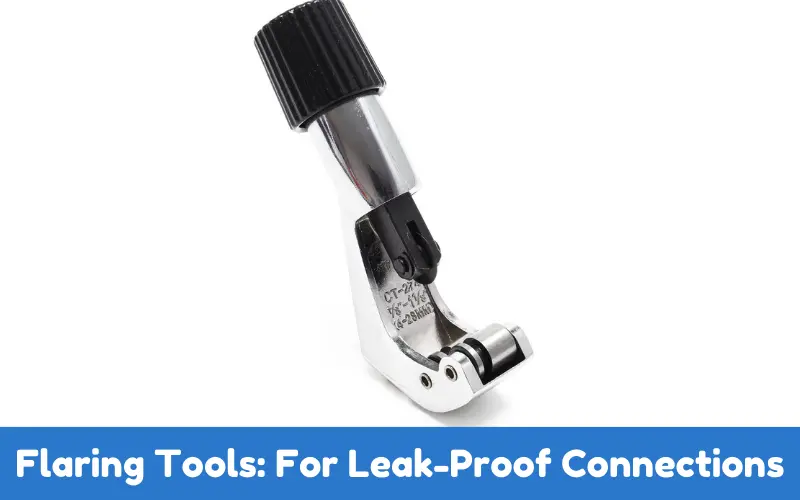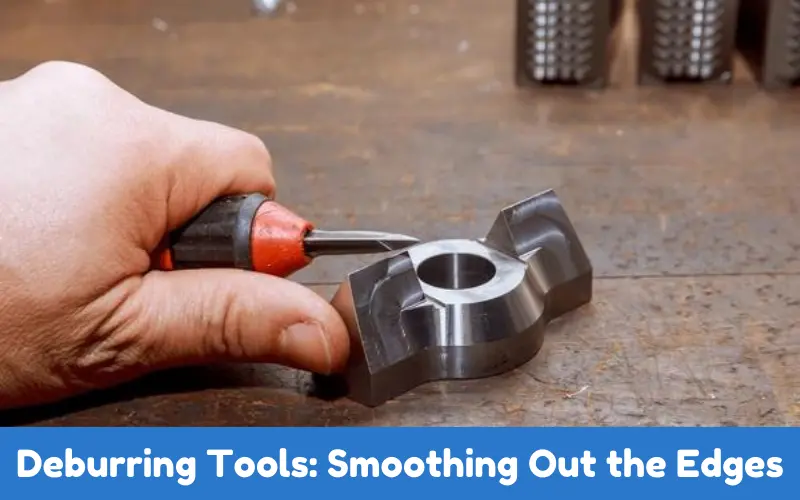Modern manufacturing, energy production, automotive engineering, and other industries rely heavily on industrial piping systems.
In each area, piping is essential to conduct fluids, fuel or gases while maintaining their vital condition. Manufacturing these systems is no small task.
The entire network must work differently from any other, as they must perform with the utmost accuracy and durability. Choosing what tool to use correctly will ensure they function properly.
The right tools might not be just about getting the job done. It’s about ensuring it’s done safely, efficiently and reliably over the long term. Need a loop seal installed between an autoclave and a pipe?
Need to clean, repair or maintain this complex system? If you use pipe cutters, wrenches, or other inspection technologies, the tools you choose are important.
You want to be sure your people can get the job done right, whether it’s an automotive plant that depends on the smooth operation of fluid management systems or a manufacturing facility that requires high pressure piping.
Today, I will show you the basic tools that make your industrial piping systems work. So, stick with me until the end!
How To Choose the Right Tools
Easier said than done when it comes to industrial pipework. There are a lot of tools around which ones do you choose?
First, you will want to assess the materials at hand. Different pipes come with different tools (steel vs copper vs plastic, for example) and likely different materials to be joined.
The scale of the project looms as well: you probably will not want to use a soft plastic hose clamp on a massive steel pipe cinching through the hills of a Southern Californian golf course, so spendy, heavy duty, automated tools can come in handy here.
On the other hand, if you are replacing a tank of drinking water with a laundry sink, then the manual tools will likely be easier on the wallet and the rearrangement of your living quarters.
Lastly, purchase from trusted places. You always get what you pay for, especially when dealing with the more specific precision and durability due to investing in a tool.
Finding suppliers who offer more than a tool and all the resources to make an informed decision goes a long way.
For example, digital tools such as pipe benders and tube benders might require extra resources so that you can choose what tool will best meet your project needs.
Fortunately, many vendors supply guides to help you better understand your demands and suggest the best tool. Connecting to reliable vendors guarantees that your equipment is built to last and will meet or exceed the situations you need to work with.
Essential Tools for Industrial Piping Systems
Having already known how to choose proper tools, let’s see some essential ones differentially in industrial piping.
1. Pipe Wrenches: The Basic Must-Have
A good pipe wrench is one of the simplest but also the most essential tools. You will need to use it to tighten and loosen pipes and fittings in your plumbing.
It is available in many different sizes depending on the size of the pipe, which you will have to grip closely but not damage. But why do pipeline hands care so much about pipe wrenches?

Well, it’s easy. If you don’t have a strong, dependable wrench, you can’t possibly exert enough muscle power to snug up the fittings enough to make a water tight seal which, ideally, is exactly what they would like to achieve.
2. Tube and Pipe Cutters: For Clean and Precise Cuts
This also means that the copper hammer is designed to cut pipes neatly. One piping essential, for example, is making clear cuts. This brings us to tube and pipe cutters.
They are designed and intended to cut metal pipes for plumbing. They can cut copper, steel, and plastic pipes, especially when cutting and joining main pipe materials.
For instance, in industries like automotive, pipes need to fit seamlessly with each other at specific distances, causing high risks if they’re not done right.
You need a clean cut. If it’s not precise and sharp, components like brake lines or exhaust pipes won’t fit together which can have huge consequences.
Everything must work correctly, and a pipe cutter ensures this. Pipe cutters with circular blades ensure gauge and accuracy, eliminating the guesswork from using a saw.
3. Flaring Tools: For Leak-Proof Connections
If working with pipes that need flare fittings, flaring tools are needed to flare the end of the pipe or tube into a conical flare, which gives a tighter and more secure end when used in high pressure environments.

What makes it so significant? It provides an optimal overlap, eliminating risks of leakages. Indeed, one of the main purposes of using flaring tools is to effectively seal the gas or fluid systems to which they are applied.
4. Welding Equipment: Securing Strong Joints
Welding secures many joints in an industrial piping system. A quality welding machine guarantees that connections between metal pipes are properly joined, prolonging the structure’s lifetime for years to come.
A reliable weld can ensure that a system runs smoothly for decades upon decades, unlike systems prone to leakage and even failure.
This is particularly crucial in sectors such as the automotive manufacture of components for which the integrity of welded joints is crucial, like exhaust systems, fuel, and brake pipes, as these could be subject to intense pressures and vibrations.
The correct welding equipment will guarantee reliable connections with long lasting results.
5. Threading Machines: Creating Perfect Threads
Some piping systems use connections consisting of threaded pipes. Threading machines produce precise and uniform threads on the ends of pipes.
When pipes of the same size are utilised, it helps significantly in disassembling and reassembling a system.
Threading machines are particularly valuable because badly threaded pipes can cause loose connections and leakages, whereas an accurate thread allows the pipes to fit together exactly, maintaining the integrity of the system.
6. Deburring Tools: Smoothing Out the Edges
Once you have cut or threaded a piece of pipe, it will have rough edges or burrs on exposed surfaces.
If you try to fit the ends of the pipe together, the burrs will prevent them from locking, or worse, they might scratch the seals in the joint. Residual burrs also affect the appearance of the finished pipe. Deburring tools are designed to smooth out any roughness.

It can be tempting to skip that step, but not doing so will likely result in one of the following: destabilized connectors or valves that leak or break away. Even a temporary pass with a deburring tool keeps everything from properly mating.
Concluding Thoughts
It is important to have the quality of tools you use in mind when looking into a system like this, as it might influence your level of precision and reliability in your work.
\Hence, using the right instrument for automotive production and industrial applications can make your work easier and your systems more durable and reliable.
In my opinion, you cannot be sure about the outcome of your working system if you aren’t 100% confident about the quality of the tools you use.
Hence, if one finds a supplier that can be trusted, it would be beneficial. The right tools give you perfect accuracy and make your work safe and easy to finish on time. This makes working in harsh conditions possible and ensures an efficient outcome.

